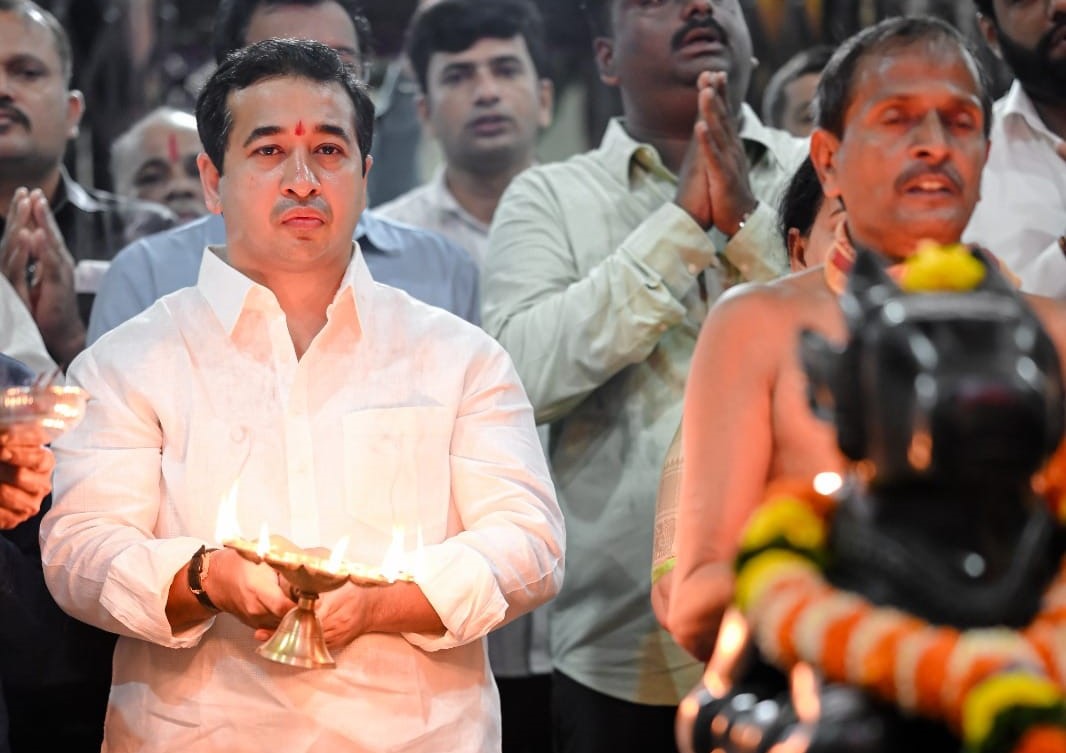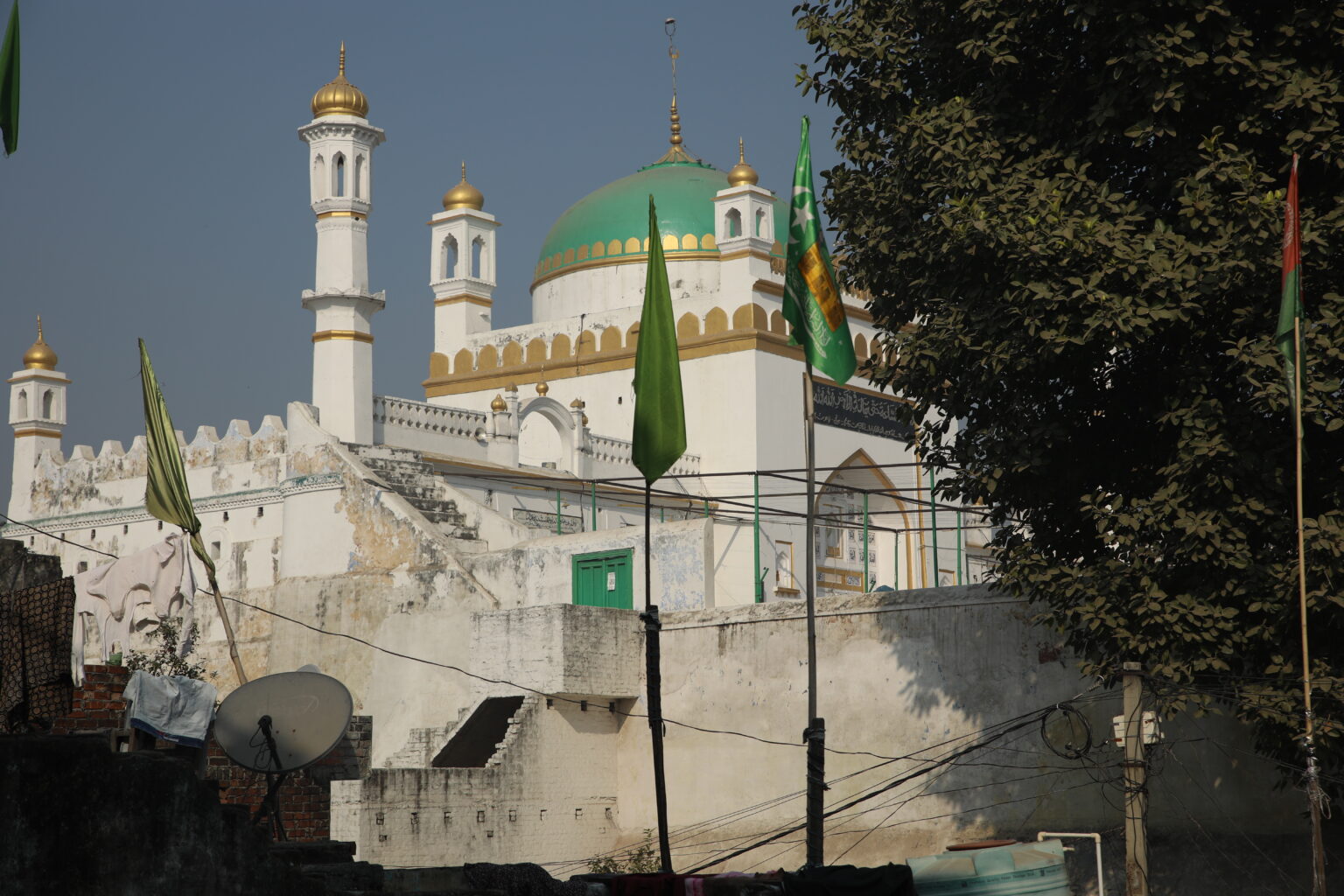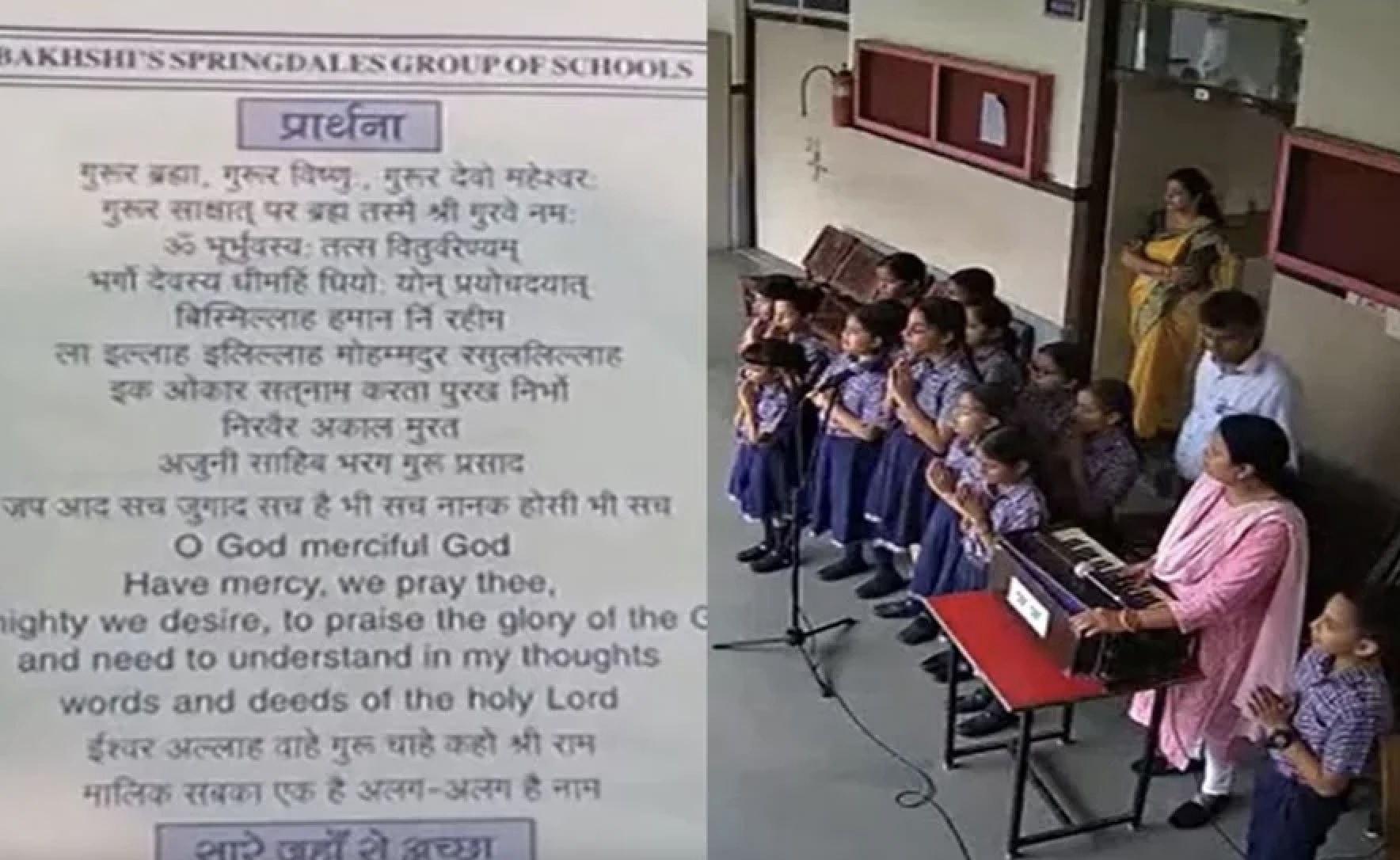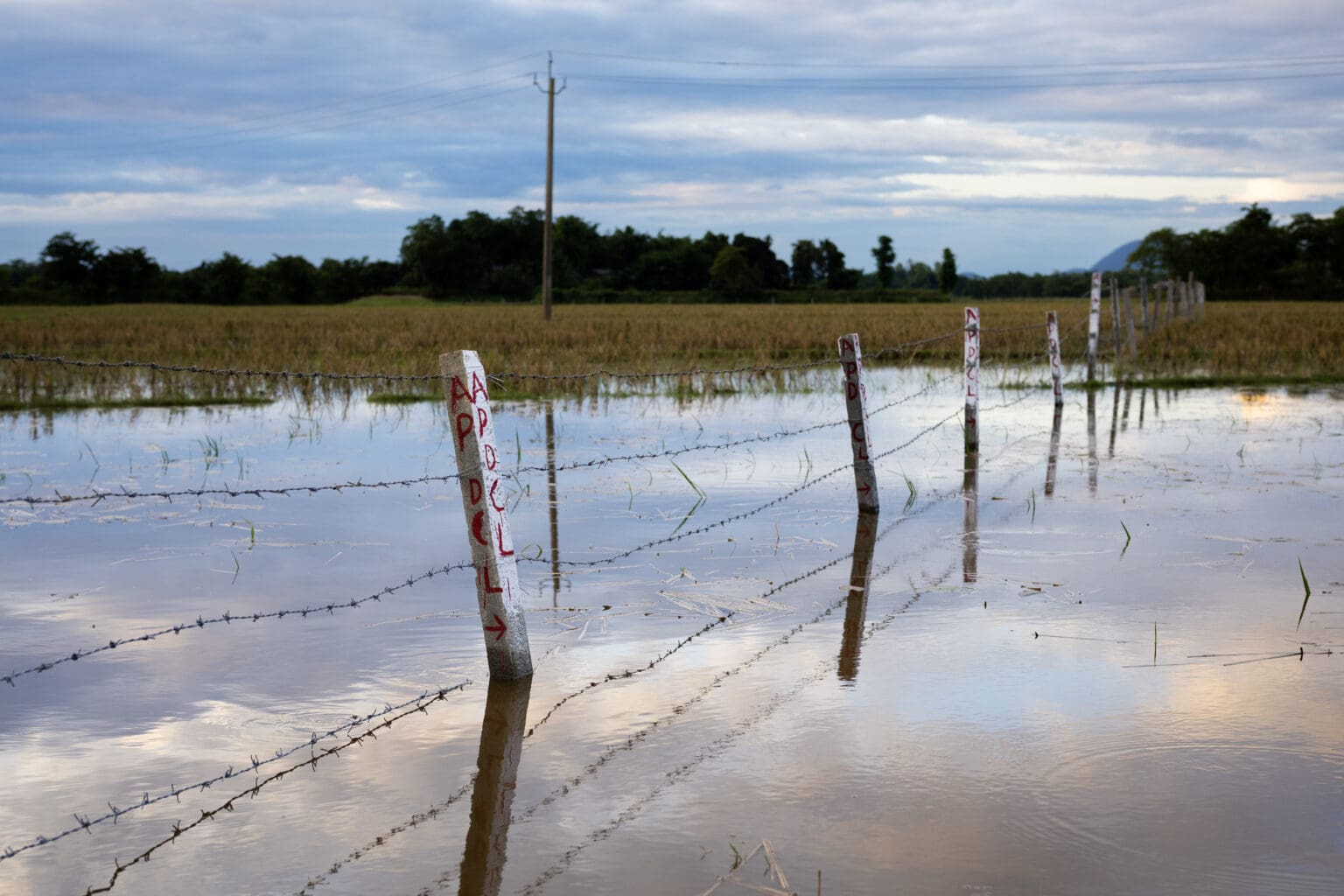Temple and mosque
Inside and beyond India, many have questioned the logic in the Supreme Court’s verdict giving to Hindu parties the disputed 2.77-acre site on which the Babri Mosque had stood until its 1992 demolition. After holding clearly, unqualifiedly, and unanimously that the demolition was an ‘illegal act’, and after condemning in similar language the surreptitious insertion of Rama idols into the mosque in 1949, the court has nonetheless awarded the site to Hindu parties claiming it.
The five-person bench delivering the verdict included the Chief Justice who is about to retire, the man who will succeed him (Justice Bobde), and a Muslim judge, but no woman.
Sentence after sentence in the judgment offers a categorical and in fact ringing reiteration of India’s constitutional principles of equality and fraternity.
‘Historical wrongs cannot be remedied,’ the text of the judgment declares, ‘by the people taking the law in their own hands’. Recalling the 1991 law which ensured the preservation of the character of every place of public worship, the Supreme Court verdict acknowledges that that law has ‘mandated in no uncertain terms that history and its wrongs shall not be used as instruments to oppress the present and the future’.
Most significantly, the five judges add: ‘Our history is replete with actions that have been judged to be morally incorrect and even today are liable to trigger vociferous ideological debate. However, the adoption of the Constitution marks a watershed moment where we, the people of India, departed from the determination of rights and liabilities on the basis of our ideology, our religion, the colour of our skin, or the century when our ancestors arrived at these lands, and submitted to the rule of law,’ the court said.
Coming after these and other reaffirmations of secularism, equality and the rule of law, the court’s award of the disputed site to beneficiaries of the illegal demolition, while couched in legal language, has to be seen as an acknowledgment of India’s current psychological climate. We may be saddened, but we cannot be shocked, that the Supreme Court too recognizes that climate.
Two other points must be made. The direction that the Central Government should ensure the creation of a Hindu Trust to which the site would be given for building a Rama temple seems to leave room for a role by the government in the temple’s erection. If the spirit of the Constitution and of the latest Ayodhya judgment is to be preserved, this role must be minimal and transitory.
When, in the 1947-48 winter, many in Gujarat wanted the Somnath Temple to be renovated, and Vallabhbhai Patel backed the wish, he heeded Mahatma Gandhi’s firm word that the renovation could not be the Indian state’s task. With an independent trust carrying out the renovation, the state’s secular character was preserved.
Now, in November 2019, the Supreme Court and the Indian public must insist that Ayodhya’s new Rama Temple does not become a governmental project.
‘Simultaneously’ with the grant of the site to the contemplated trust — so the Supreme Court directs — five acres of suitable land in Ayodhya should be provided to the Sunni Waqf Board. This compensatory award of land for an alternative mosque gives solid form to the Supreme Court’s pronouncement that the demolition was illegal.
My final point is about the new temple. We need not doubt its splendour. Or the joy about it in many hearts. To some, however, the new temple may also convey a sense that Rama the All Compassionate Ruler of the Universe – the One recalled by Hindus when, accompanying a body to its creation, they chant Raam Naam Satya Hai (Rama’s Name is the Truth) – has been demoted to the status of a partisan hero.
There is one way to avoid this unfortunate sense: an honest and unqualified apology for the demolition. If such an apology were to be joined to its launch, the new temple might indeed contribute to the national healing which the Supreme Court judgment seeks, and to the restoration of Rama as a name and sound for everyone’s God.






